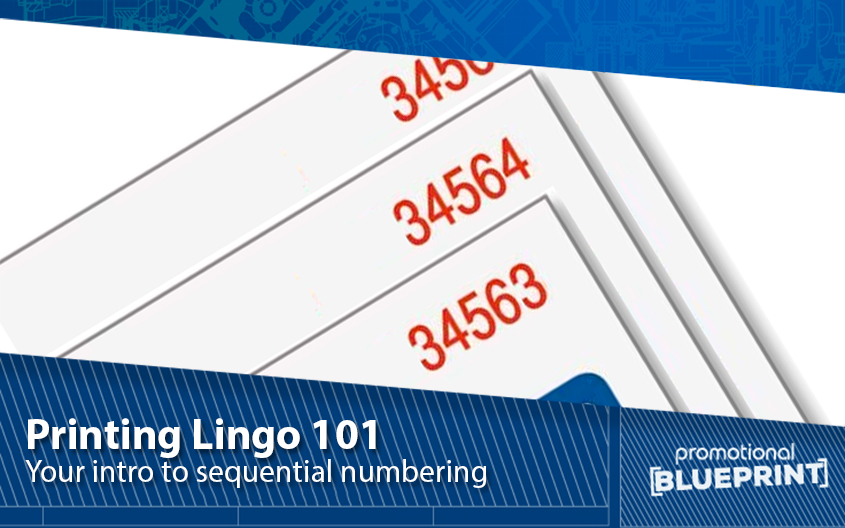
Generally speaking, sequential numbering involves printing descending or ascending identification numbers for products. Through this process, each item receives its own unique number. More often than not, this number appears in one or multiple positions on the item and is printed using red ink, making it very noticeable.
To guarantee that each identification is unique, companies use special numbering machines. They also regularly check them using high-end quality control procedures, which ensures numbering accuracy.
The main purpose of sequential numbering is to provide a method for easy reference and improve accounting control. Technically, a manufacturer can use this process for any product that needs a unique identification.
Usually, you’ll see it on a variety of multi-part NCR forms and even documents, like invoices, receipts, quote forms, order forms, and contracts. Additionally, you might also notice sequential numbers on hang tags, such as inventory tags, repair tags, or inspection tags. Even raffle tickets and checks feature this form of identification.
And lastly, while companies use special equipment, you can also introduce sequential numbering without it. All you need to do is to place a box when developing a custom design. Then, start your sequencing at any point you like, preferably picking up from your last order’s ID. That way, your customers or employees will have an easier time finding and referencing specific transactions when looking at paperwork or products.
You may also like:
Printing 101: What is Grayscale Printing?
The basics of sequential numbering are in the sections above. However, if you want to find out even more, you can give us a call at 0800 0148 970 or simply email us today. As one of the top printing partners in the UK, we can talk about any topic related to sequential numbering and help you find your way around it all.






